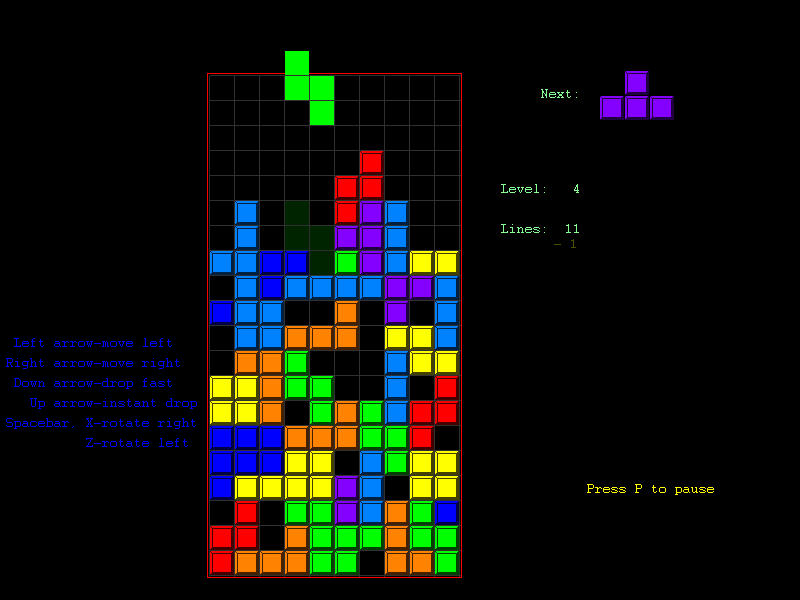

This is shown in the VM Houses that De Smedt and his partner, Bjarke Ingels, created using a series of permutations of interlocking tetromino spatial units. People who live in a housing complex of 221 apartments should have the same access to individuality.” PLOT has readily embraced the concept of providing architectural individuality rather than following the masses with stereotypically suburban cookie-cutter ideas. Diversity is well accepted, even desired.

Architect Julien De Smedt from PLOT puts it perfectly, “We live in a world where individualism has larger resonance than previously. It is clear that tomorrow’s progressive architects and designers must continue to find innovative ways to create spatially efficient living spaces and offices without compromising on the distinct character of each space, as demanded by the owner. Fortunately, the advent of the financial crisis prevented any such destruction and the tower was saved, though only half of the capsules are actually used today due to the derelict condition of the apartments themselves.

Kurokawa passed away in 2007, passionately protesting the Nakagin Capsule Tower owners’ collective decision to demolish the building, which is situated in the celebrated Ginza district where real-estate is always in high demand and quite expensive. The story of the Nakagin Capsule Tower remains something of a tragedy, a forsaken approach to urban growth and development. Kurokawa’s brainchild was still very much ahead of his time - today’s architectural norms haven’t yet caught up with his idealistic perspective on spatially efficient approaches to architecture. The crux of the concept is that the capsules can be moved out of the tower by the owners at any time and installed at a different part of the sprawling metropolis that is Tokyo (it’s not too easy, though, given that a crane is needed to lift each one out from top-to-bottom). Kisho Kurokawa initiated his version of the architectural future with the Nakagin Capsule Tower, which was completed in 1972 and consists of 140 concrete, liveable capsules fabricated into the backbone of the tower itself.

The need for movement in the skyscrapers and city blocks of future urban utopias


 0 kommentar(er)
0 kommentar(er)
